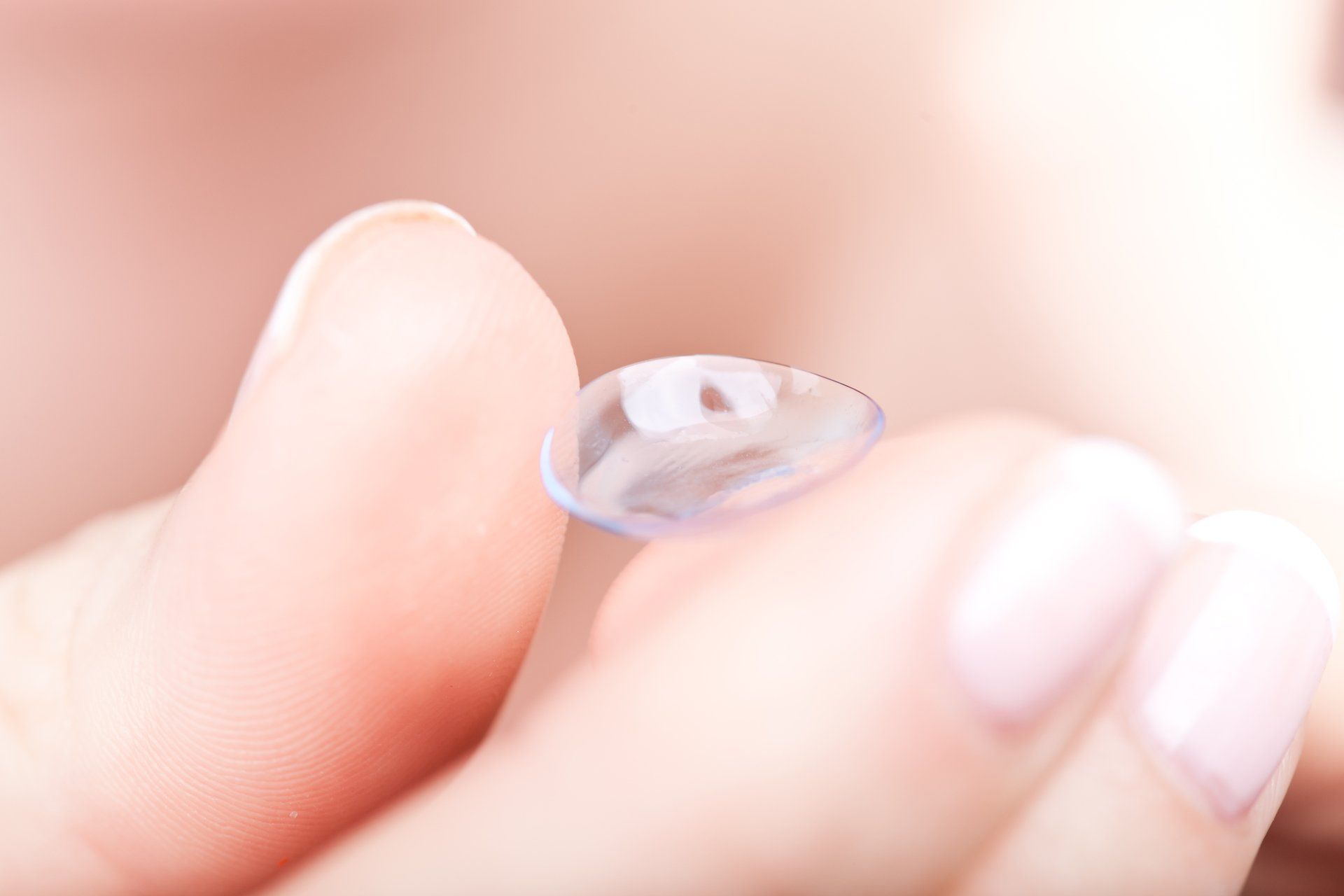Specialty contact lenses include rigid gas permeable lenses, orthokeratology lenses, scleral lenses, hybrid contacts and specialty soft contacts. They require more knowledge, skill and time to fit appropriately. At Wasatch View Eye Care we specialize in fitting specialty contact lenses.
Medically Necessary Contact Lenses
In some situations specialty contact lenses are required to achieve a good corrected visual acuity over wearing eyeglasses. In these situations, they are considered medically necessary. These are situations where there is a problem with the structural integrity of the cornea which reduces its refractive ability. Some of the conditions that cause this are keratoconus, post-refractive surgery, corneal transplants and ocular trauma. Often there is better insurance coverage for the specialty contact lenses when it can be documented that there is significant visual performance over glasses.
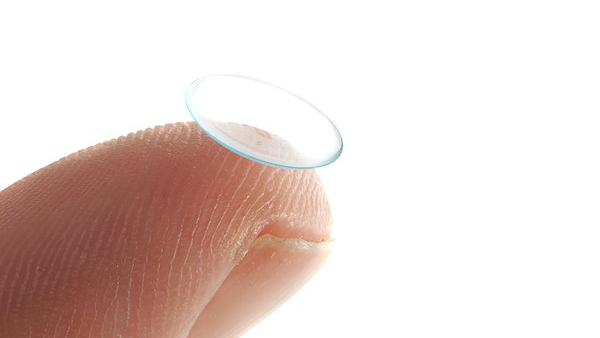
Rigid Gas Permeable Lenses
Rigid gas permeable (RGP) lenses are made from breathable and durable plastics that hold their shape over the cornea to provide a smooth refractive surface. Some lenses come with UV protection and transmit oxygen to the cornea better. Coating options are available like Tangible Hydra-Peg that substantially improve wettability, comfort and vision. RGP lenses are between 8.0 and 10.0 mm in diameter. They are used on normal and irregular shaped corneas. RGP lenses also come in many different designs for different conditions like keratoconus or post-refractive surgery. Multifocal lenses are also available for those that struggle seeing things at a close distance.
RGP lenses provide excellent visual acuity. When wearing them for the first time they usually require some time to adapt to. They are easier to insert than a soft lens and work better for narrow eyes. If taken care of, RGP lenses can last a long time. Boston Simplus is a recommended care system for these lenses. In cases where protein builds up on the lens an enzyme is recommended in the contact lens solution to remove it. With significant build up the lenses should be polished by your eye doctor. Shown below is a video that goes over insertion, removal and care of your RGP lenses.
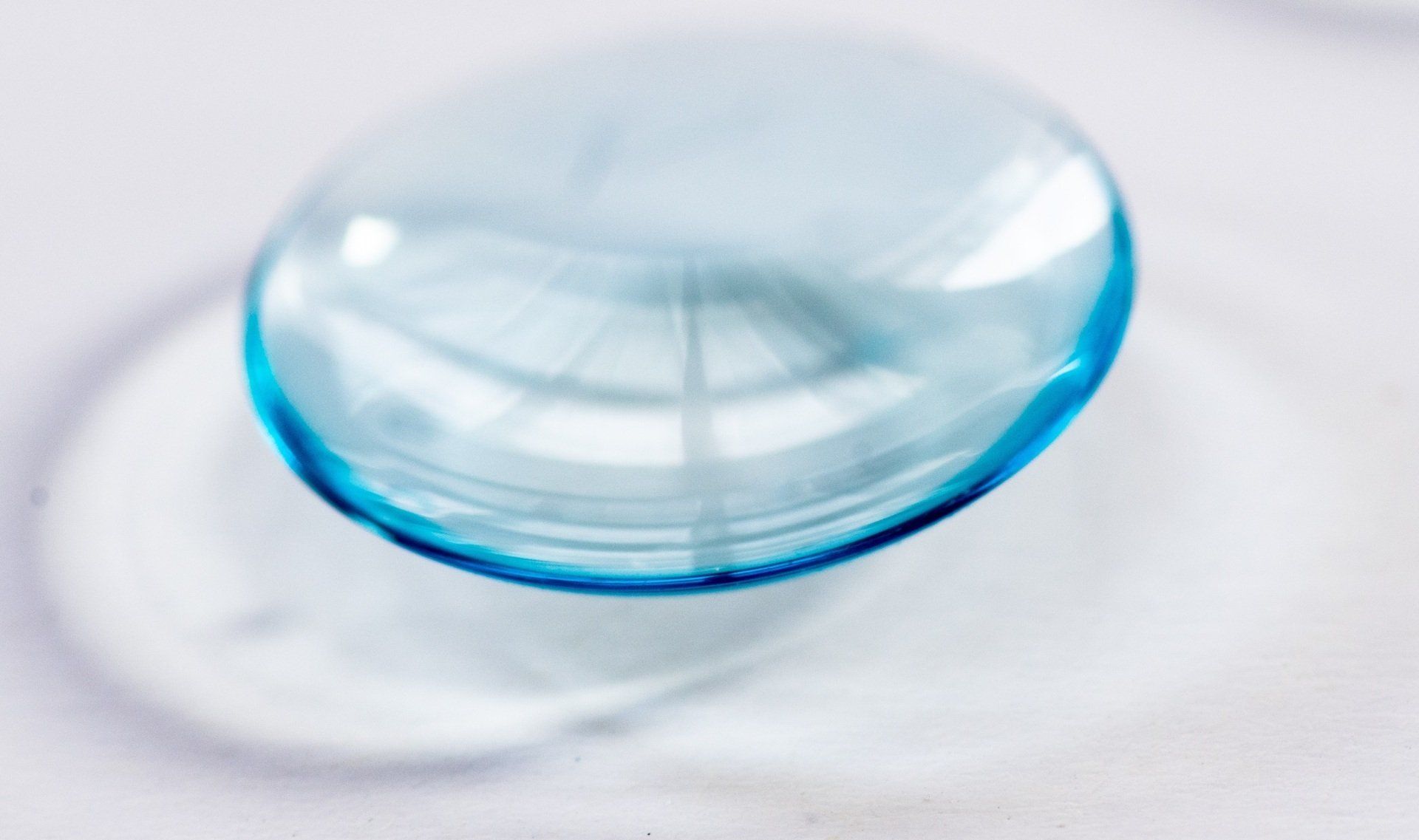
RGP Lens Insertion, Removal & Handling
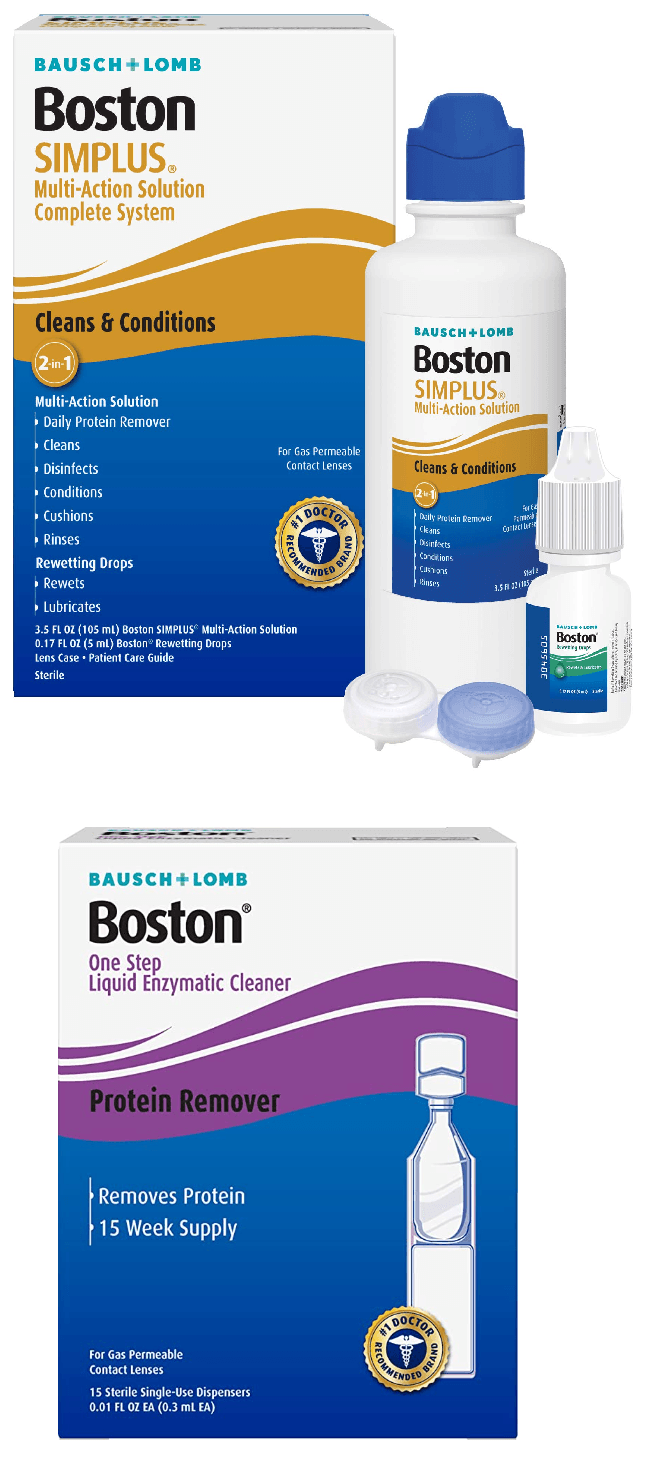
Orthokeratology
Orthokeratology ("Ortho-K") is a newer method of correcting refractive error without continually wearing glasses or contact lenses. The way Ortho-K works is that it molds the shape of the epithelium (outer layer) on the cornea. A specialized "reverse-geometry" RGP lens is worn overnight that properly applies pressure to shape the epithelium so that when the contacts are not worn during the day a correction is not needed. The procedure is completely reversible in a few days and has been shown to slow down the progression of myopia in the younger population. It is ideal for children that actively play sports and are bothered by contacts or glasses when they play. Paragon CRT (Corneal Refractive Therapy) has been FDA approved for up to -6.00 Diopters of myopia and up to -1.50 diopters of astigmatism.
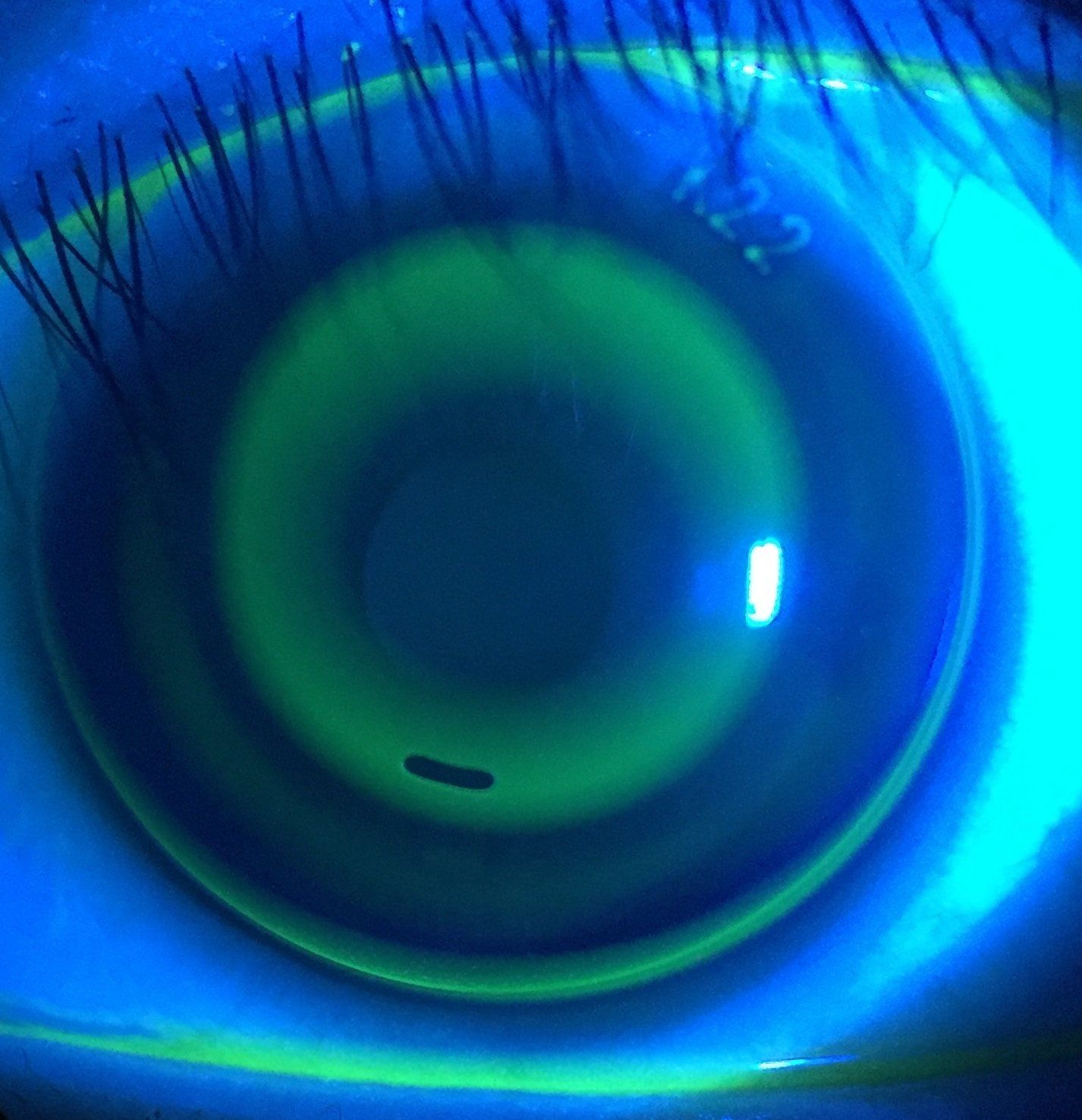
Scleral Lenses
Scleral lenses are similar to RGP lenses; however, they have a wider diameter and varying peripheral lens curves. They are designed with a larger diameter to vault the cornea and rest on the white sclera. The weight of the lens is distributed evenly and there is better centration. It also improves comfort because the sclera is not as sensitive as the cornea. Vaulting over an irregular and compromised cornea with scleral lens provides a smooth refractive surface and better visual acuity. These lenses can also be used in the treatment of corneal exposure because of the tear reservoir they have under the lens. Common lens sizes for scleral lenses are between 14-18 mm, but they do come in larger sizes. They also have many designs and visual correction options. If taken care of, scleral lenses can also last a long time. The insertion, removal and handling of scleral lenses are unique and shown in the videos below.
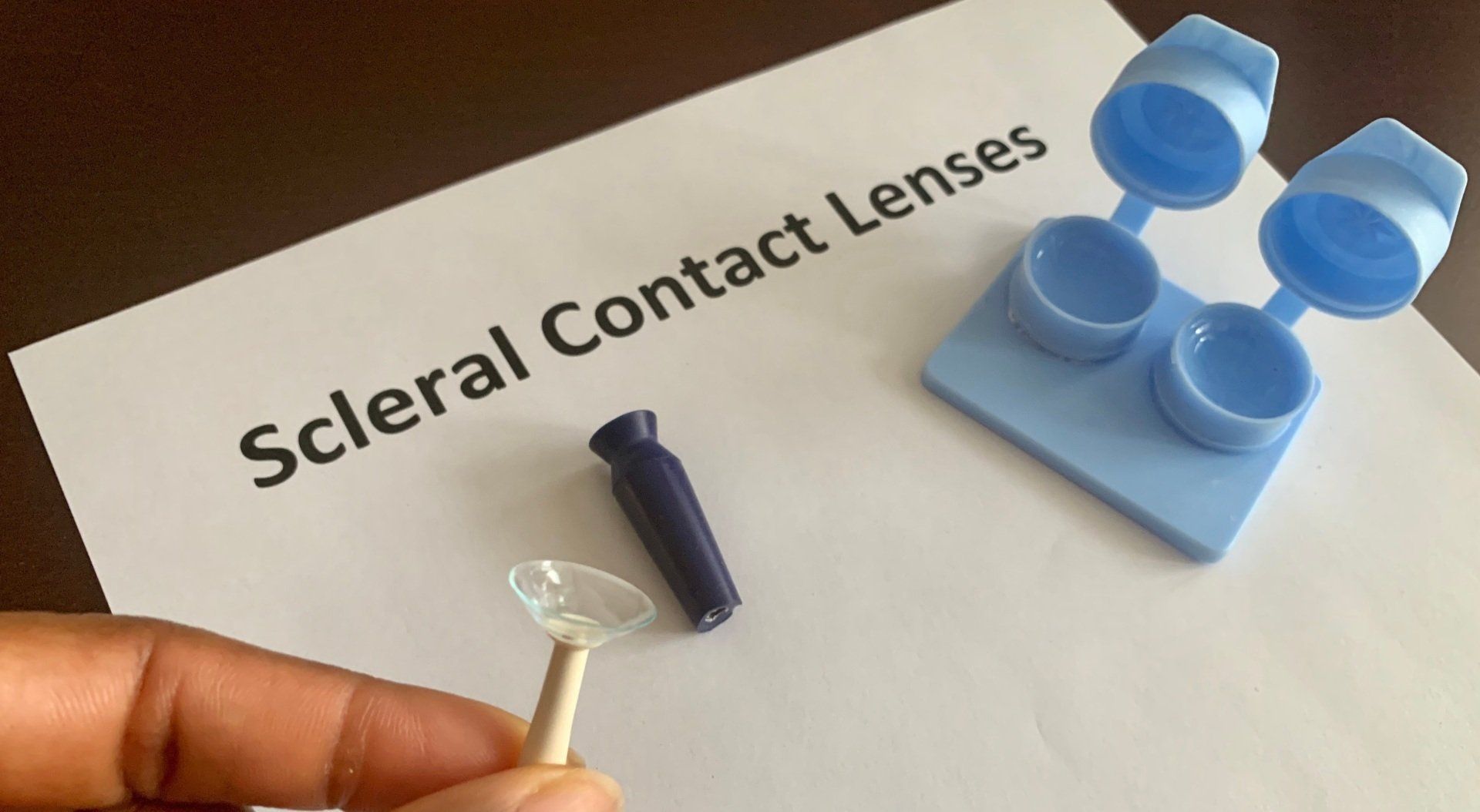
Scleral Lens Insertion, Removal and Care
Soft contact lenses have excellent comfort, but also don't always provide optimal vision. Rigid gas permeable lenses are known for the refined visual acuity they provide, however, often patients are not able to adapt to having a rigid lens on the eye. Hybrid lenses were made to provide the best of both lens options. They have a hard center for optimal visual correction and a soft skirt to provide the comfort of a soft lens. Recommended replacement is every six months and peroxide-based contact lens cleaning methods are preferred. These lenses are also larger like scleral lenses. SynergEyes is the main provider of hybrid contact lenses in the United States. Like RGP and scleral options they have various lens designs and visual correction options available. Below are three videos that go over insertion, removal and handling recommendations for hybrid contact lenses.
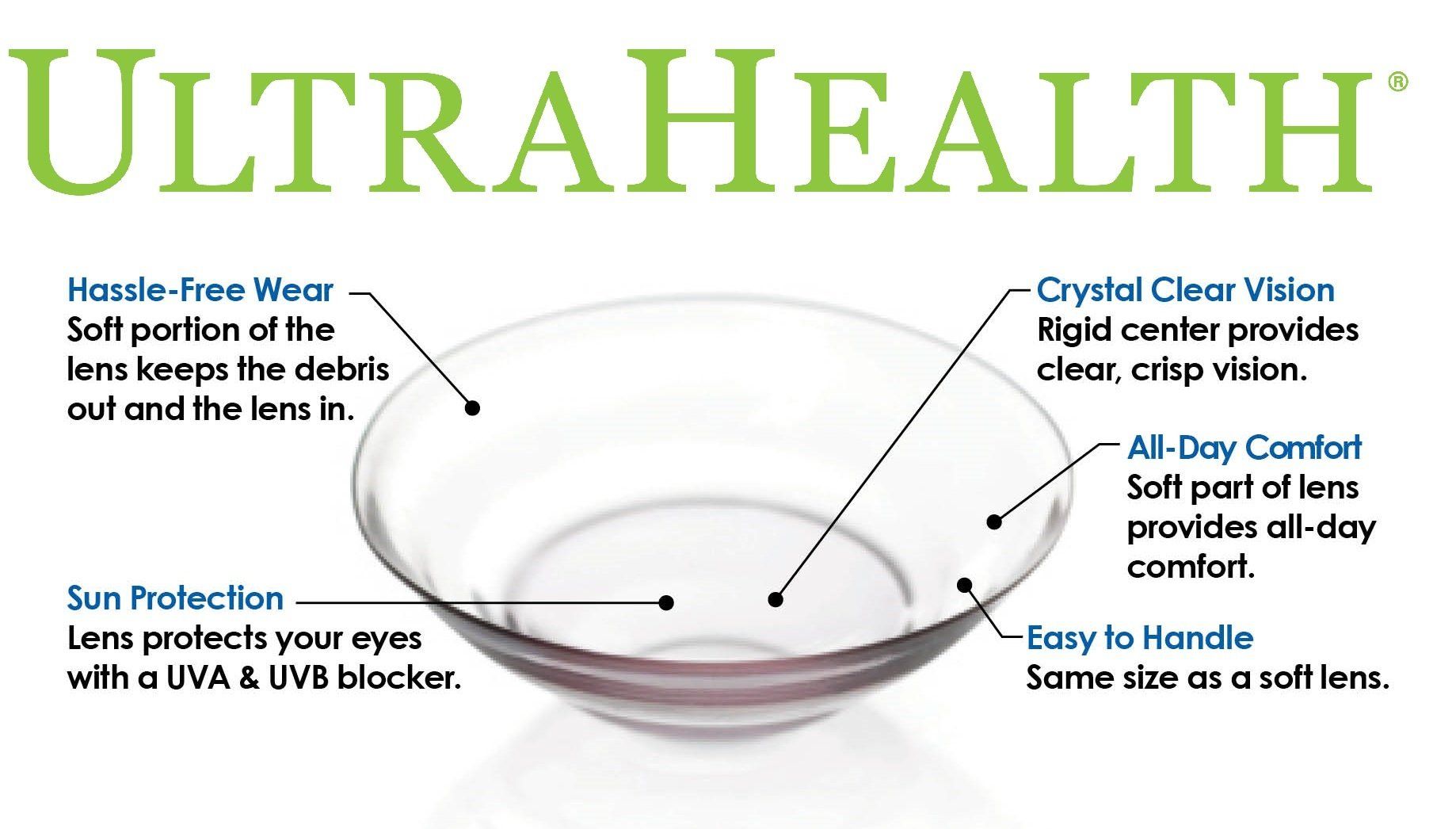
Hybrid Lens Insertion
Hybrid Lens Removal
Hybrid Lens Handling & Care
There are two types of custom soft contact lenses. They include those used to improve the cosmetic appearance of an eye and individually designed contacts for very high prescriptions. Cosmetic contacts are typically used in patients that have suffered some kind of ocular trauma or complication. An example would be where one pupil is larger than the other from an injury. When the contacts are worn in both eyes the pupils will look the same size. Standard colored contacts might work in situations like this, but they lack the individualization and custom appearance that can be created when they are made by hand. When patients have such a high prescription that it is outside of the standard contact lens parameters, they can then be individually made for a specific high prescription. Both of these options are expensive.
